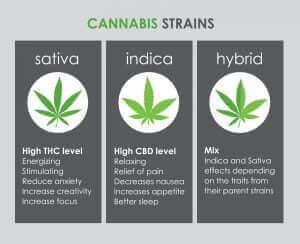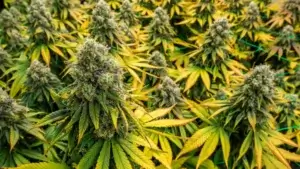Definition:
The flowering part of the cannabis plant that contains the highest concentration of cannabinoids and terpenes, commonly harvested, dried, and used for its psychoactive and medicinal effects.
Purpose and Usage:
“Buds” are the most sought-after part of the cannabis plant, as they contain the trichomes that hold THC, CBD, and other beneficial compounds. In dispensaries, “bud” is a frequently used term to describe the smokable part of cannabis, and it’s often categorized by strain, potency, and quality.
How It Relates to Cannabis:
Bud production involves several cultivation stages:
- Growth: Cannabis plants are nurtured under specific light, temperature, and nutrient conditions to encourage flowering.
- Flowering Phase: As the plant matures, it begins to produce buds, where trichomes (resin glands containing cannabinoids and terpenes) accumulate.
- Harvesting: Once mature, the buds are harvested from the plant and trimmed to remove leaves and stems.
- Drying and Curing: The buds are dried and cured to improve flavor, potency, and overall quality.
- Consumption: The finished bud is ready for various consumption methods, such as smoking, vaporizing, or processing into other cannabis products.
Common Misconceptions:
- “All parts of the plant are buds”: Only the flowering part of the cannabis plant is considered the bud; leaves, stems, and seeds are not included.
- “Bud and flower are different”: “Bud” and “flower” are often used interchangeably in the cannabis industry to refer to the same part of the plant.
- “Bigger buds are always stronger”: Bud potency depends on trichome density and cannabinoid content, not necessarily size.
Alternatives:
- Flower: Another term for the bud or flowering part of the plant, emphasizing its role as the primary consumable component.
- Nug: A slang term for small, compact pieces of bud, often used informally.
Importance of Bud:
The bud is central to cannabis culture and industry, as it contains the compounds responsible for the plant’s psychoactive, therapeutic, and sensory effects. It is the focus of cannabis cultivation, harvesting, and consumption, making it the most valuable and essential part of the cannabis plant.






